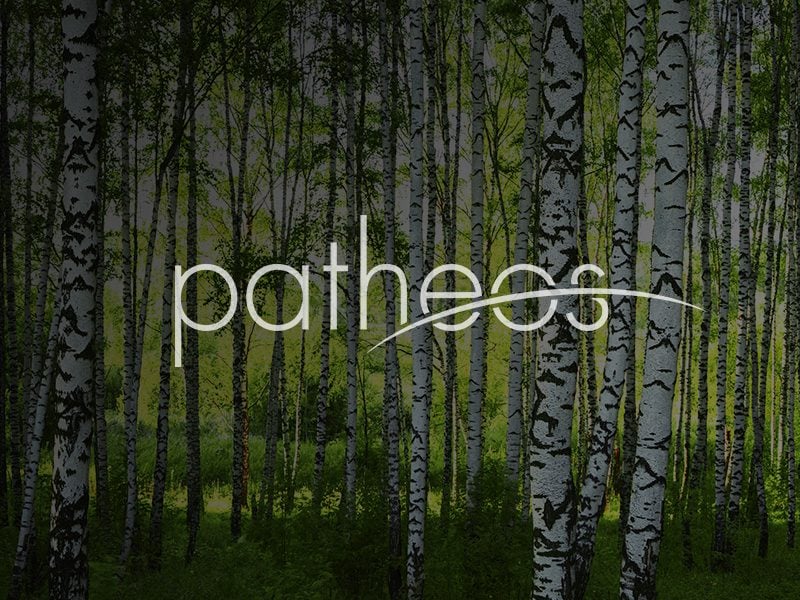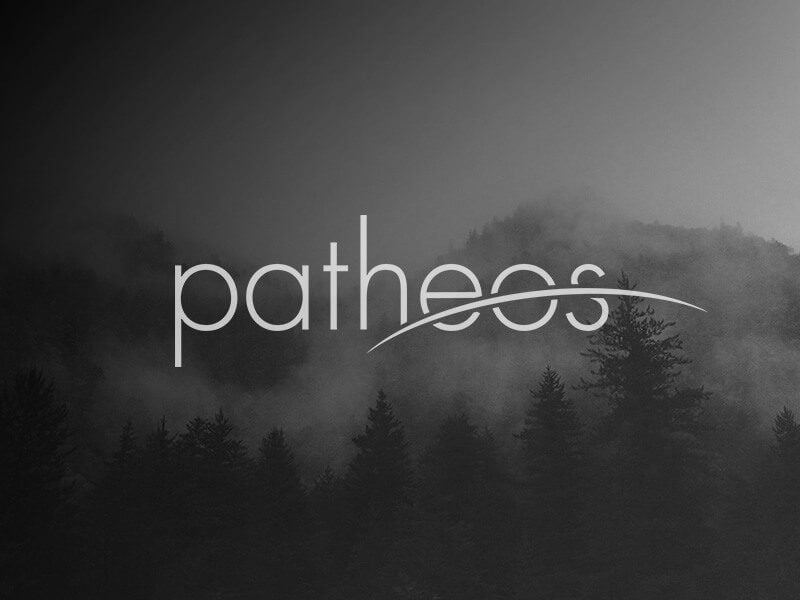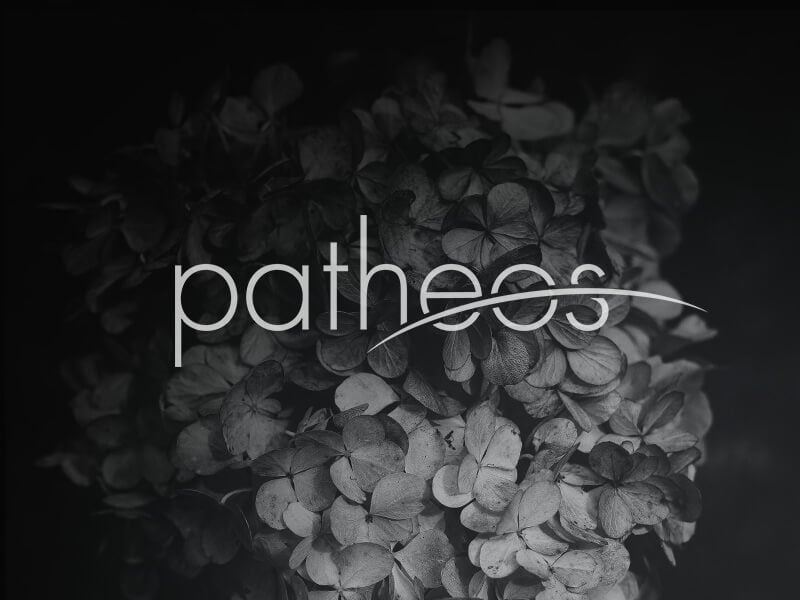Thomas writes that “to signify something by words or merely by the construction of images . . . yields nothing but the literal sense” and “poetic images refer to something other than themselves only so as to signify them; and so a signification of that sort goes no way beyond the manner in which the literal sense signifies.” If I understand this, I’m not convinced. First, because this seems to conflate meaning with signification, which I take to be equivalent... Read more
















